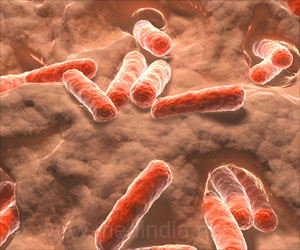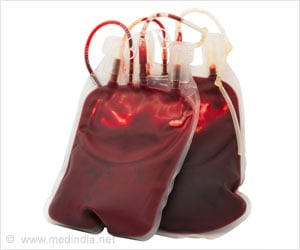Eye muscles are too strong to be paralyzed. They are akin to heart muscles, Australian researchers have found.
Eye muscles are too strong to be paralyzed. They are akin to heart muscles, Australian researchers have found. The discovery might chart the course for new treatments.
Professor Nigel Laing of the Western Australian Institute for Medical Research (WAIMR) said their research was sparked when one of the team's researchers - Dr Kristen Nowak - attended a patient convention and noticed that even patients who were otherwise severely paralysed, retained normal eye movement."We looked into this phenomenon and found that it had already been documented that eye muscles were not affected in patients with actin-based muscle diseases but, as there was no explanation as to why this occurred, we decided to conduct our own investigations," he said.
"We found that eye muscles have a similar actin composition to that of the heart - which have high levels of cardiac actin and some skeletal muscle actin - different from skeletal muscles which are mainly composed of skeletal muscle actin," he said.
"The high levels of cardiac actin in eye muscles explains why they're not affected in skeletal muscle actin disease and tells us that if we're able to increase the level of cardiac actin in muscles that are affected in these diseases, we may be able to treat these patients."
During the research process led by WAIMR's Gina Ravenscroft, a new technique to distinguish between the different muscle actins was developed in collaboration with the WAIMR-based Proteomics International.
"One problem researchers have always encountered when studying actin levels has been that there has never been a suitable method to identify and distinguish these in protein samples because cardiac and skeletal muscle actin are very similar," Professor Laing said.
Advertisement
"This is very exciting because it means we can now characterise changes in the ratio of these almost identical proteins, and may ultimately be an important tool not only in skeletal muscle disease analysis, but also in cardiovascular disease diagnosis and research."
Advertisement
Source-Medindia
GPL/L












